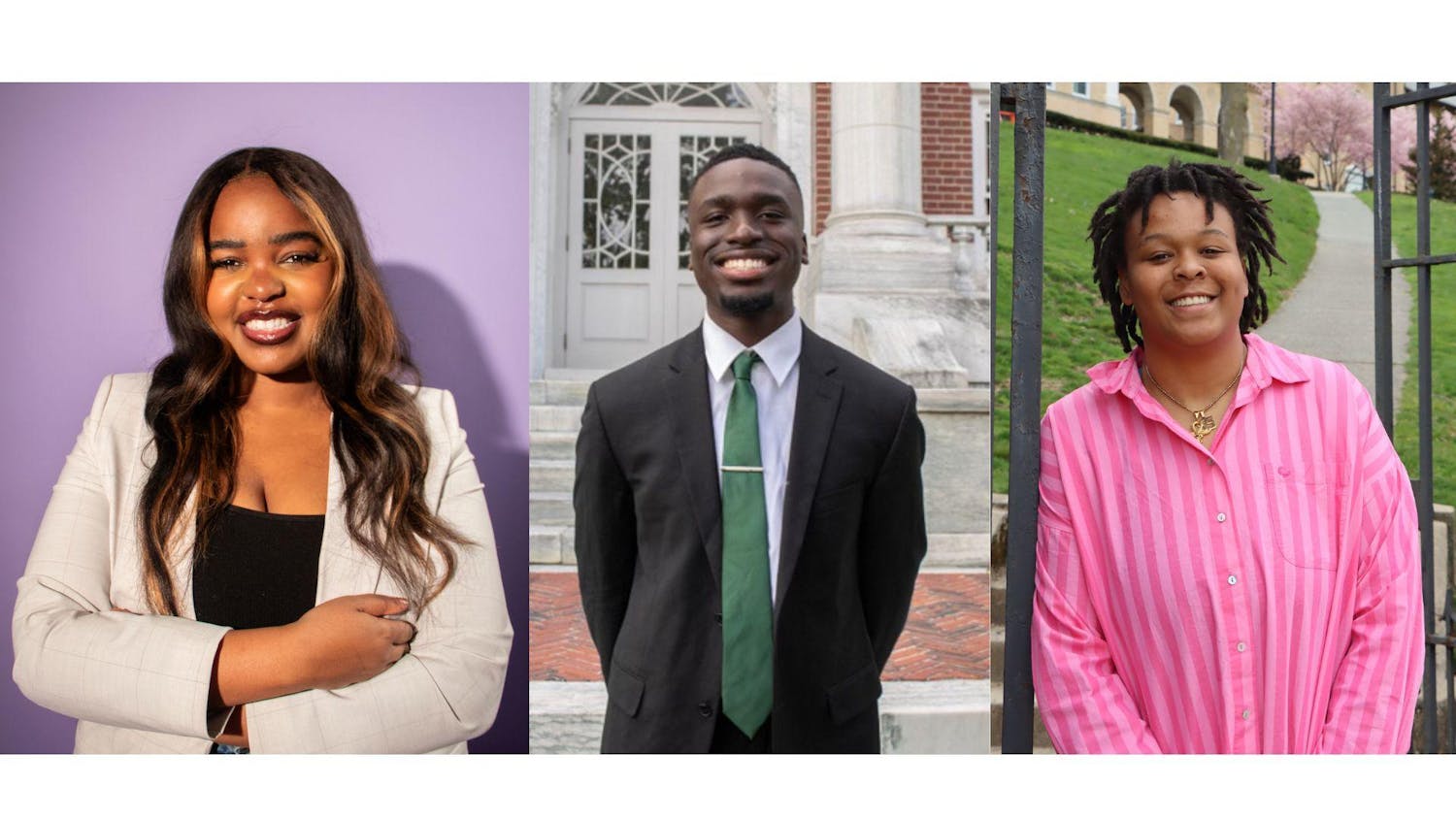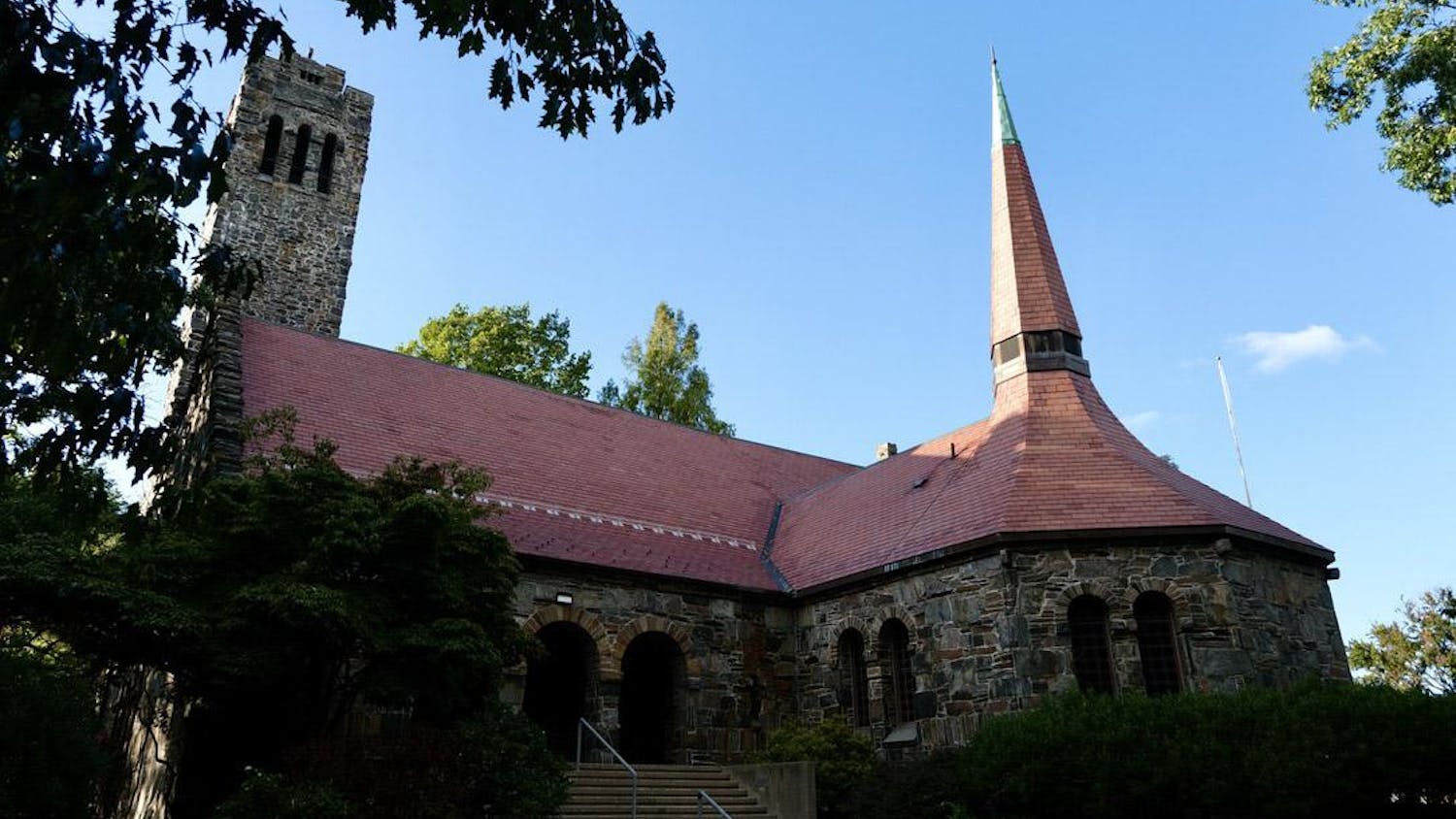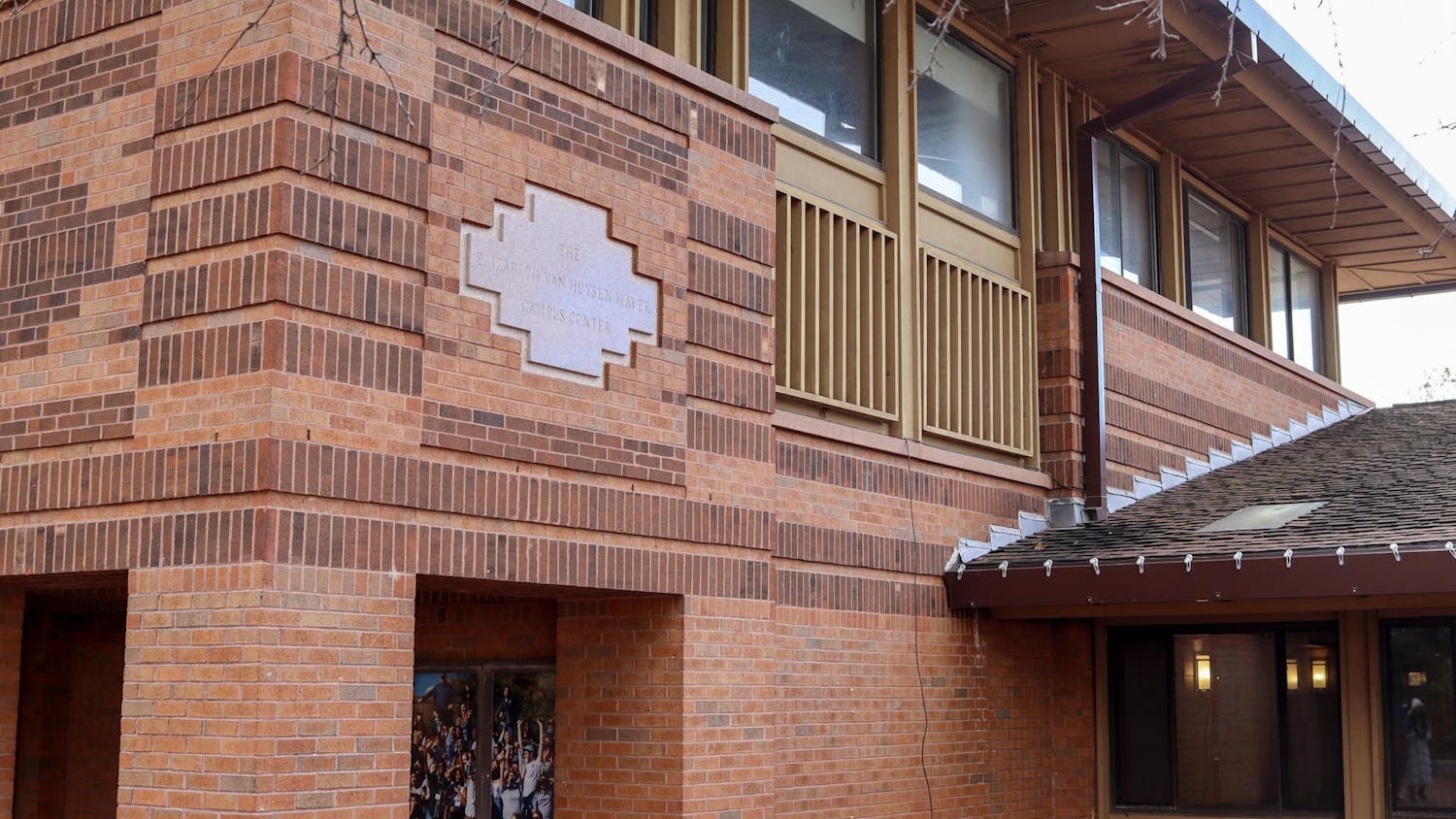Associate Professor in the Department of Computer Science Donna Slonim and Robinson Professor of Chemistry David Walt collaborated to teach a class this summer on bioinformatics, the intersection of genomic sequencing and computer science, to 18 high school juniors and seniors from across the country who are interested in biology.
The class, titled "Bioinformatics Inquiry through Sequencing," took place from July to August on the Medford/Somerville campus, and the goal of the course was to increase hands-on research experience for college-bound students, according to Slonim, who is also a professor at the Tufts University School of Medicine.
The class was funded through a five-year, $1.3 million National Institutes of Health (NIH) Science Education Partnership Award intended to increase outreach efforts in bioinformatics education, Slonim said. The award will help fund the class for the next three years.
"We basically want to get people interested in bioinformatics by doing more and more really hands-on, sequencing-based projects," Slonim said.
She added the NIH grant, in addition to funding the summer class, also includes increasing resources for local teachers to learn more about the field, bringing materials to undergraduate and high school students and having them interact and propose individual research projects.
Walt explained that the students who participated in the class had all previously shown an exceptional aptitude for the sciences.
"This year, we specifically chose high school students who were good at science because it was the first year we ran [the class]," he said. "I don't think the specific material is as important as immersing the students in a genuine research experience. This format gave them a feel for what scientists really do — after all, we don't sit and read textbooks and do homework and follow recipes in the lab."
Slonim said that bioinformatics deals with the use of software, computer programming and mathematics to analyze biological data, or in other words, biology's transition to becoming an information science. Since high school students typically have very little experience with these fields, the course aimed to increase students' exposure to their interdisciplinary uses, she said.
"They won't ever learn it much later if they don't get interested in it young; they'll go do something else," Slonim said. "They learn it in part by doing real work with real sequence, and real projects that are sometimes kind of messy and don't have right or wrong answers. There's no back of the book. That's something kids don't get to experience in most high schools."
Candice Etson, a postdoctoral fellow in Walt's lab, said the students benefited most from the innovative nature of the class' lab.
"I helped design the curriculum for the summer course, and I taught about half of it — parts that were done in the lab," Etson said. "We designed the labs around open-ended questions, and I think that kind of experience is really wonderful for high school students. It's a much more genuine experience of scientific research."
Walt said the students' major summer project was to formulate an original proposal and sell it to the class directors. On a day-to-day basis, Walt had the students working at the bench on a variety of lab projects, including the observation of genetic mutations in a sequence and their own personal metagenomes, according to Slonim.
"They actually took a sample of the bacterial populations that live on their skin and sequenced that to try to see what was living there," she said.
Slonim added that the course touched on the basics of computer science just enough for the students to understand and appreciate the discipline's underlying concepts as it relates to biology. She added that the true task at hand was pushing the students into new territory.
"The goal is to figure out what it is that we're looking for, to get into the realm of doing things where we don't actually know what the data is going to show us," Slonim said. "It's really eye-opening for a lot of these kids. There's so much out there, so much ability to use computers to put all these previously untapped pieces together."
The students showed incredibly positive responses to the hands-on learning techniques employed in the class, with some expressing strong interest in studying the material further, according to Walt.





